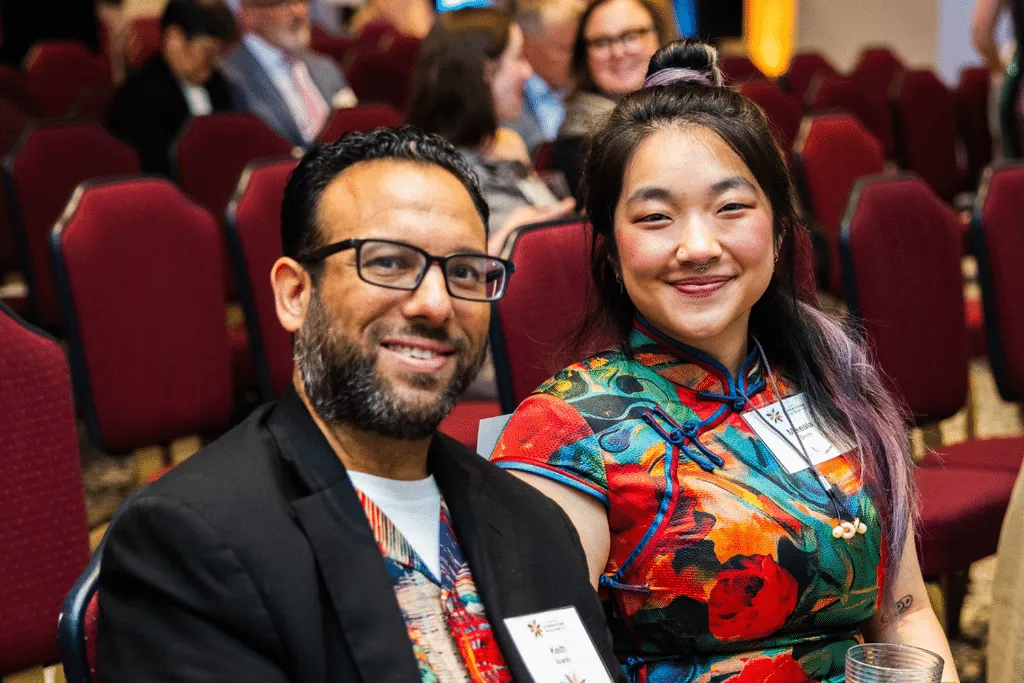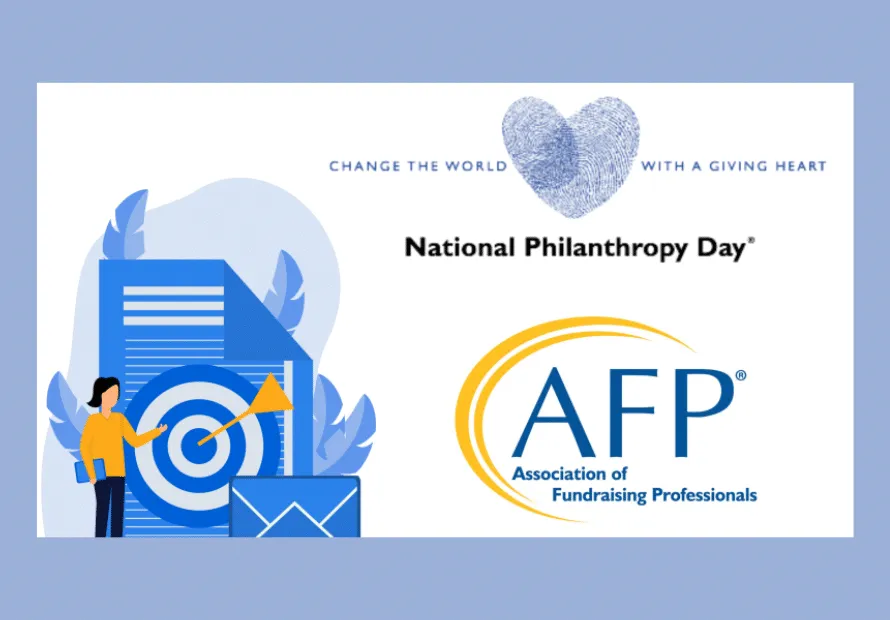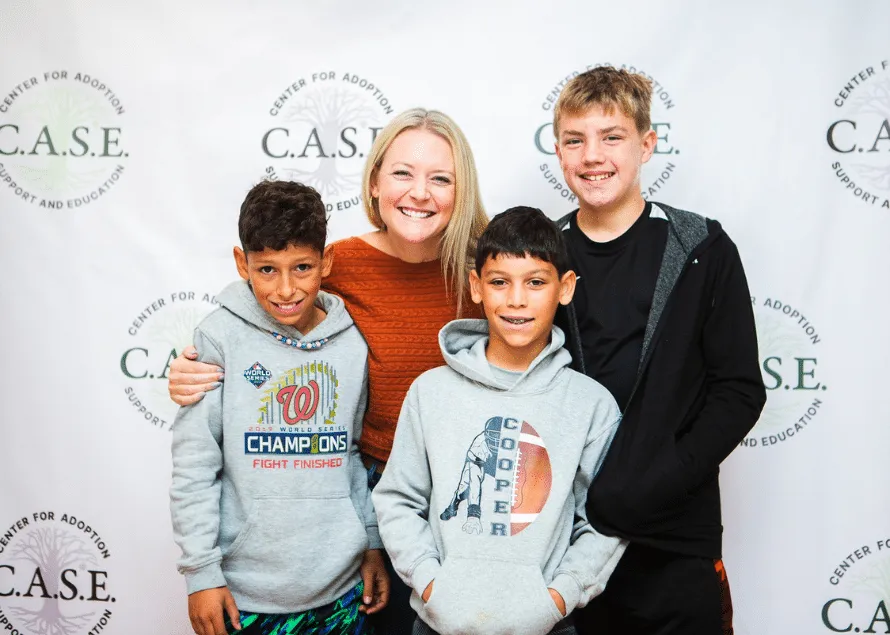Difficult Conversations
Difficult Conversations

“I’ll tell you when you’re older.”
“She’ll never understand!”
“That’s too hard/sad/scary/grown-up/etc. to talk about with a child!”
“He doesn’t need to know that.”
These are all excuses adults give themselves to avoid talking truthfully with children in foster care, kinship care, and adoptive families about their lives and experiences, both past and present. Telling a child or youth that they can’t grow up where and with whom they want can feel overwhelming. Answering hard questions or sharing realities about a child’s past experiences can feel devastating. But adults need to recognize it is their discomfort they are ultimately responding to and not the child’s needs.
With thoughtful preparation and attention to the developmental level of the child, it is possible to honor every child’s right to know who they are, where they come from, what decisions are being made for them, and what the potential impact of their past has on their future.
When children and youth sense that they are being shielded from hard truths, it can:
- Reduce their sense of trust in the adult
- Increase their confusion about what happened, why it happened, and when it happened
- Increase their sense of responsibility or shame about their foster care or adoption story
- Prevent them from embracing a new placement or other case-level choice
- Contribute to negative outcomes in the future, as they try to understand themselves within the context of their first family
As adults, both professionals and caregivers often need help to know how to have difficult conversations—when and where to have them, what language to use, and how to support the child or youth in integrating all the pieces of their history.
Some quick tips:
- Answer the question asked, not the one you think is being asked. Do ask for clarification. A classic example of how parents can go down a rabbit hole is in answering the 5-year-old’s question, “How did that baby get in momma’s belly and how is it going to get out?” The child is not asking for a sex education lesson. A simple answer is what they seek—“A special hug makes the baby start growing in momma and when the baby is ready, the doctor or midwife will help the baby come into the world.”
- Avoid comments like, “when you’re older,” “it’s not for children to think about,” “I’m not allowed to share that,” or any other dismissive response. Share what you can, considering what the child can understand. Above all, make sure the child knows that you are acknowledging their right to have answers. Even saying, “I don’t know how to explain that to you right now, but I promise I’m going to figure it out,” is often enough to validate the child’s feelings and needs.
- Follow the lead of the child or youth, go at their pace adding more depth as the child grows and develops.
- Do not change the words children use to tell their story or ask questions—correcting the language can often shut down the conversation.
Five Principles for Having Hard Conversations
The two primary factors in healing from trauma are making meaning of what happened and doing so in the context of relationships (Judith Herman, Trauma and Recovery, 1992). This understanding is consistent for adults and children and has not changed over time.
Children and youth are never responsible for adults’ actions, yet they often carry a burden of guilt and shame. It can be about what happened to them or their separation from their first families, or why they can’t go home or be placed where they want. Your responsibility is to help them understand.
There are five components to doing this successfully:
- Create a safe space
- Be truthful
- Validate and affirm
- Attend to developmental stage, language, and culture
- Provide support
Creating a safe space to communicate is essential. Be mindful of triggering settings like child welfare offices and court houses. Bedrooms or other environments that bring back a memory or feeling can also be difficult. For many children and youth, movement and the ability to avoid eye contact can be helpful. A long walk or car ride can provide both. Ensure that other physical needs have been met—make sure they have had something to eat and drink, and are not too cold or hot. Eliminate distractions as much as possible; too many people, too much noise, excessive activity can all shut down a conversation.
Be truthful and remember that withholding information is lying by omission. Share information over time in ways that are responsive to the child’s age and development. Our adult instinct is to protect. We can’t protect a child from what has already happened, but we can help them understand it better and heal.
Attend to developmental stage, language, and culture as you talk. What is the child’s emotional, social, and cognitive age? Be sure to use the language they are using, even if it’s uncomfortable for you or inaccurate. Correcting language at this moment may push them into silence. Finally, be responsive to and respectful of cultural norms. What may seem out of the ordinary to you could be simply a difference in tradition or belief.
Validate and affirm the child’s memory and their feelings about it. Although it’s important to clarify when a child believes something that is not true, wait until a later time to add new information, especially if this is the first time the memory has been spoken of. The goal in the beginning is to assure the child that you are listening, hearing, and believing.
After the hard conversation, your job is to provide support for the child or youth. Ask the child, “What do you need from me right now?” “Who else needs to know about this?” It is critical that the child or youth defines the support they need.
Tough Topics and Suggested Messages
We often get stuck on the exact words to say. Three pieces of advice will help you get unstuck: remain calm and factual, be authentic, and understand it is an honor to be trusted with hard truths. When a child trusts you enough to confide in you, they are confirming that you are an adult they need and believe in. It’s okay to be sad on the child’s behalf if you do not make it about you. It is okay to be angry on the child’s behalf about what happened, but not okay to talk about people they are related to with disrespect.
With each of the following questions or issues, the messages build along a developmental continuum. Below are some themes to weave into the conversations you might have.
Why can’t I live with my mom or dad?
- Mom is trying to get healthy so she can be there for you.
- Right now,he isn’t able to take care of you the way you need.
- What do you think needs to change in order for you to go home? How can I help?
What did I do wrong?
- What happened to you is not okay and it’s not your fault.
- What do you remember about what happened? Let’s talk about that.
- If this had happened to your best friend, would you blame them or feel they were responsible?
- If the response is “no,” reinforce that they deserve the same understanding.
- If the response is “yes,” spend time reassuring them that children and youth are never responsible for adult behavior.
Rape, incest, sexual abuse
- Grownups have a special way of hugging or touching that is only for grownups. Sometimes they hug or touch children in the same way and that’s not okay.
- What happened to your mom is not okay and it’s not your fault.
- What happened to you is not okay and it’s not your fault.
- I’m sorry that happened to you. I wish I could have been there to help you.
- It’s my job to keep you safe. Let’s talk together about the best way to do that.
Ask questions to gauge the child’s understanding and emotions and know what they most want to know about. Pause at times to allow the child to process and take the time to come up with questions or comments. Check in with how they are doing.
The effort you put in to help children and youth understand their people, their past, and their journey in care or to adoption will be one of the most critical factors in how they see themselves and their future. Our responsibility is to provide the circumstances that allow for them to become their own best version of themselves. To do this, they need to understand what happened to them, have time and space to reconcile the many losses they have experienced, and be supported to build or rebuild trusting relationships with family, friends, and future partners. All of this depends on our willingness to do the hard work right alongside them.











